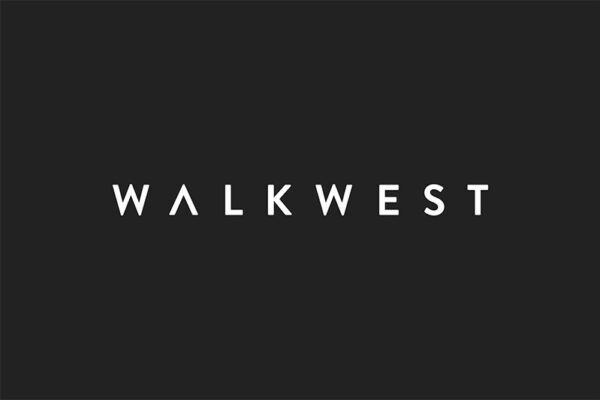Data-Driven is a term that has been used more extensively across the business landscape over the past decade. Many organizations have adopted data-driven philosophies as they adapt their way of thinking and decision-making processes. While it is generally accepted as “the way of the future,” many would argue that the future has been here for a few years now. The definition of data-driven can differ from organization to organization as they put this practice into place within. But the one fact will always be constant across all organizations is that to be data-driven, you must have data.
In the digital marketing landscape, data is king. The more data we have, the more insight we can generate into understanding how to fine-tune our marketing budgets, reach the appropriate audiences, and perform optimally in all levels of the marketing funnel. We define the marketing funnel in three sections: Upper-Funnel (awareness generating), Mid-Funnel (driving from awareness to consideration), and Lower-Funnel (conversion). Through the use of cookies and third-party trackers, we can collect data that helps us understand what campaigns or ads are performing best in different parts of the marketing funnel. We can generate insights such as what efforts actually drive awareness compared to what is moving a consumer down the funnel from awareness to consideration and eventually to a conversion (when the consumer completes an intended action such as making a purchase or completing an inquiry form). We can learn about actions that we can take post-conversion to ensure the consumer is a repeat customer, but not overstay our welcome and push them away with too many ads. We gain insights into how different exposure points trigger certain responses to specific audiences or how long we should rotate creative pieces. We learn who our audience is and if we are actually targeting the right demographic. With data we become intelligent and in turn, make better business (data-driven) decisions.
The type of data that is collected is important. On one end of the spectrum is the marketer mindset where as many data points as possible are desired to deliver relevant content to the correct audience at the most appropriate step in the consumer journey. On the other end of the spectrum is the consumer, who is concerned with the security of their personal data, but also prefers to see a relevant ad if they are going to see an ad at all. These conflicting priorities from both sides pose an industry-wide challenge of determining where that middle ground is.
So what do we do about this dilemma? With the passage of the GDPR (General Data Protection Regulation) and, most recently, CCPA (California Consumer Privacy Act), governments are clearly on the side of legislation that protects the consumer. There will undoubtedly be more legislation passed across the country and globally that will enforce this. While there is no disagreement that the consumer should be protected, it does challenge the marketing industry in how data and analytics are integrated into the industry’s efforts moving forward. As a marketer, we want to ensure that we are compliant with any regulations and that we respect the privacy of our customers, but we do need data to ensure that we understand who our customer is and how to best serve them. In this sense, the collection and use of data is a benefit to both the consumer and the organization collecting it.
Unquestionably, outside of government regulations, the Big 3 (Google, Amazon, and Facebook) will have their say and dictate much of what type of data a marketer is going to have access to and the manner in which that will happen. They have already begun creating and testing “Data Clean Rooms” which, in general, provide aggregated data to the lowest level possible while at the same time not allowing for the results to display data that can lead to the traceback of an individual consumer. This type of data hides the identity of the individual consumer, but also allows for inference into the audience, their interests, and their behavior with respect to how they act in each part of the funnel.
The ability to effectively collect and leverage first-party data has also been gaining importance. Collecting first-party data needs to be a priority and to do so, the customer needs to be incentivised to provide it. This can be achieved by offering promotional incentives, intriguing content, or information that is interesting to them in exchange for the customer providing data about themselves. By incentivizing the consumer to give you more information about themselves (demographic, personal interests and hobbies, buying habits, household info, etc.), we can get better data and more accurate insight into who they actually are.
Using this data we can: 1. Retarget current customers that we know are already interested in our product and 2. We can create audience profiles that have similar interests, demographics, and behaviors as the customers in your database and target consumers that match these profiles across various platforms. Marketers will set up their organizations for long-term success if they can master this process.
With the wave of changes in data collection regulations, it is increasingly imperative for marketing departments and agencies to be curious and adaptable with their data-driven approaches. We have to seek out new ways of maximizing the value of the data that we have while being ready to pivot as more industry changes are implemented. There is no direct answer to the challenges and changes that lie ahead as much of it is still unknown, but acknowledging that this is the new normal and surrounding your organization with a team prepared to tackle the new challenges will setup your organization for success.

